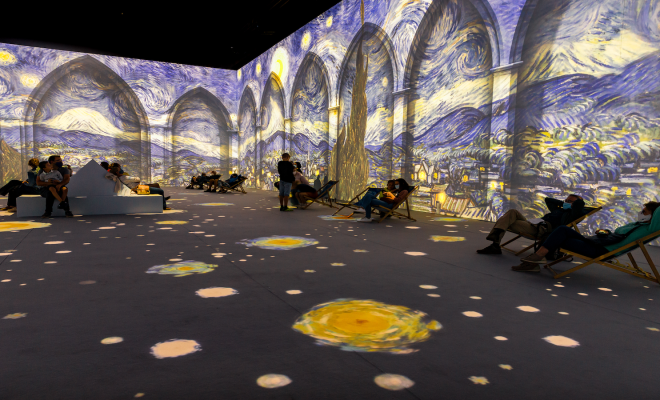What Is an Immersive Experience?

An immersive experience refers to an encounter that fully engages and captivates one’s physical senses, attention, and emotions. In other words, it is a dynamic experience where the individual who is experiencing it feels completely engrossed and transported to another realm, as if they are truly part of the experience.
Immersive experiences can occur in various forms such as virtual reality, interactive installations, live theatre productions, themed attractions, or even multi-sensory dining experiences. What they all have in common is their ability to create a sense of being completely absorbed and engaged in the experience.
One of the primary ways that immersive experiences work is through the creation of an alternate reality. In virtual reality experiences, for instance, the use of specialized headgear and other sensory technology creates a simulated environment for the viewer, which they can fully engage with and explore.
Another defining characteristic of immersive experiences is the element of interactivity. The experience is designed to invite the viewer or visitor to participate in certain ways, and this active engagement on the part of the individual further reinforces the sense of being fully immersed.
As a growing field, immersive experiences are becoming more and more popular across diverse industries. Brands, for example, are utilizing immersive experiences to enhance their marketing campaigns and to captivate their audiences through multi-sensory storytelling. Museums and galleries are also incorporating these experiences to provide visitors with a more engaging way to interact with artworks and exhibitions.
In conclusion, immersive experiences are a truly remarkable way to engage and captivate individuals, as well as to create powerful and memorable encounters. By fully engaging one’s senses and emotions, these experiences create a powerful connection that can transport individuals to new levels of engagement and interaction. Whether through the use of virtual reality or other sensory technologies, immersive experiences are becoming an increasingly important part of how people learn, communicate and experience the world around them.






